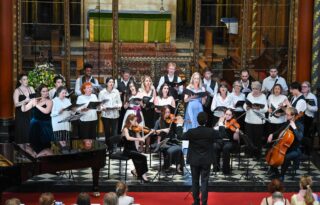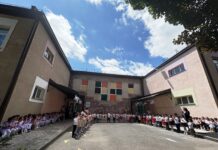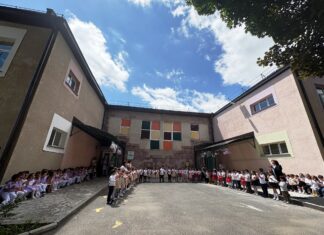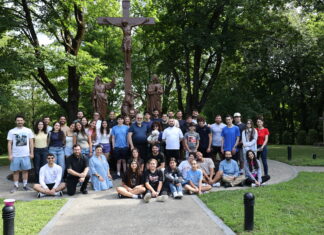By Dr. Louis M. Najarian
In September 2011, Elenne, my wife, and I participated in a pilgrimage to historic Armenia (Anatolia) with Armen Aroyan. Aroyan is an encyclopedia on the villages and life in historic Armenia during the 20th century.
As one travels with him and other pilgrims to cities and villages where our parents and grandparents came from, one enjoys an odyssey through the past that is both enlightening yet bittersweet. One certainly appreciates the richness of our heritage and culture including religion, art, music, literature, architecture, commerce and specifically the highest order of civilization at the time. As Aroyan says, every individual finishes the pilgrimage with an expanded view of their ethnic identity.
This was my third trip to Govdoon, the village of my grandparents with whom I lived with until I was 5. Govdoon is a village about 20 kilometers east of Sivas, the capital of Sepastia. During my grandparents’ life, there were 250 Armenian families and only three Turkish families living in Govdoon.
The village is located on the plains along the Alice River, juxtaposed to a mountain range providing fertile soil for farming wheat, the primary occupation then and now. This visit was the most rewarding because I walked the unpaved roads of the village and there was little change from my grandparents’ time. St. Garabed Church, where they married, exists but sadly it is used as a barn. With a map drawn by a former Armenian villager, we located the foundation for the Mikaelian (grandmother’s) home. There are many abandoned homes, just walls with no roofs or just foundations. One Turkish family from the turn of the century still lives in an original house belonging to Armenians and they remember Mourad Pasha, the Armenian freedom fighter.







